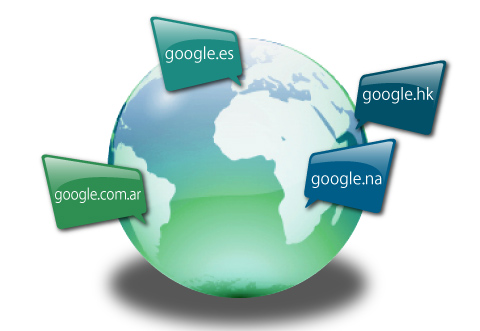North America may be the largest consumers of search engine optimization practices but the Middle East, Asia, and the rest of the Americas are quickly catching up when it comes to using social platforms for expanding businesses on a global level in terms of communication, commerce, and revolution. Going international in terms of SEO campaigns is a lot more challenging as businesses have to attract a wider audience and take into account locales, norms, and especially languages. When doing ISEO as Liz Etling puts it, here are some important points to consider.
1. Machines aren’t often the best choices when it comes to translation. When dealing with different languages, SEO needs to be dealt with by humans. Machines often make small but extremely significant errors in localization that can consequently damage businesses if not repaired immediately. Human experts, on the other hand, can quickly identify faults creating a more effective SEO campaign especially since there is greater pressure in international SEO to build SEO via social media on a shorter time with higher engagement expectations.
2. Keywords should be optimized according to a specific vernacular. In international SEO, users can opt to do a regional search on social media or search engines. Keep in mind that no two search engines use the same algorithm to show organic results, which is why businesses need to adapt to a specific language and have an integrated approach in doing ISEO to analyze the right keywords that are consistent in all forms of SEO – from ads to landing pages, from social media posts to PPC management.
3. To effectively do global SEO, have a local domain complete with IP registration that offers meaningful and fresh content. As with any SEO campaign, it should contain tags, rich media, social media distribution as well as internal and external links. A more challenging task is how to make this efficient on an international scale. This can be done by taking into account the search habits of your target audience and the algorithms of the search engines they will most likely use.

4. Make each character count to maximize localization. Creating a website that will attract audiences on a national scale needs to have knowledge of local search engines, regional cultures, and relevant keywords – all of which begin with the right translation. Twitter is a prime example of a social media website where each character should count. As Etling puts it, “Engagement is key”.
5. Knowing your audience is an essential part of doing international SEO. According to Internet World Stats, 86% of web users live outside North America. That is a huge market right there. Though English is a language spoken by many outside of the US, there is still the need to create quality website translation, localization, and smarter ISEO. Creating multilingual SEO campaigns on social media platforms can also greatly increase a website’s visibility on an international level. Showing your audiences that you took the time and effort to know their language and regional cultures will create a more meaningful and authentic relationship.
